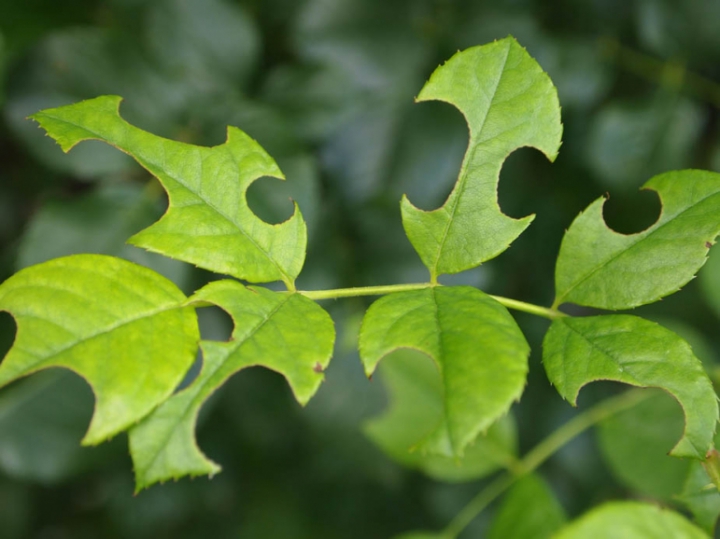
Each gardener involved in the cultivation of the “Queen of Flowers”, each season is faced with a lot of disasters, from which the beauty must be saved. The fight against insect parasites and infections is very important, since the affected plant simply dies.
Quite often, small and large holes are formed on the foliage of roses, which are the consequences of visiting the pest bushes, as well as the defeat of pathogenic fungi.
Causes
Since early spring, when buds begin to open on rose bushes, young foliage grows, flowers most need protection from parasites, their larvae and spores. With untimely detection, neutralization of pests, plants slow down growth and development, foliage falls, and the buds do not bloom.
Alfalfa leaf-cutting bee
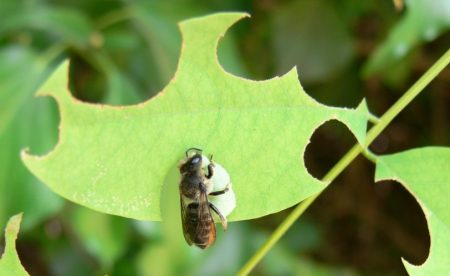
Alfalfa leaf cutters, differing from other species, are not social insects, but live alone. Her visit to the rose bushes can be determined with the naked eye by perfectly cut large cutouts in the leaves. Parts of the foliage that the bee cuts out are required by her for the construction, arrangement of the nest house. Therefore, the insect uses pieces of leaves not for food, but for construction. By eliminating the weedy flowering grass from the garden, which attracts the insect with its aroma, you can get rid of the "pest builder."
Symptoms
The presence of alfalfa leaf cutter on roses can be determined due to:
- cosmetic defect in the form of smooth holes on the leaves;
- non-causing diseases, not affecting the vessels of the plant damage to the foliage.
Raspberry weevil
Small to 4 mm bugs of black-gray color, which winter under the fallen leaves in the upper soil layer, go hunting in early spring at a day temperature of +10 degrees. Awakening of the pest coincides with the beginning of the growth of young leaves of roses, which are immediately perforated with a weevil elephant. The danger to rose bushes is not only adults, but also larvae living in the soil and eating roots.
Female weevil elephants lay eggs in the plant tissue themselves, using stems, leaves and buds. The larva grows, eating the plant from the inside, then pupation occurs. Therefore, with a large number of pests, rose bushes can die.
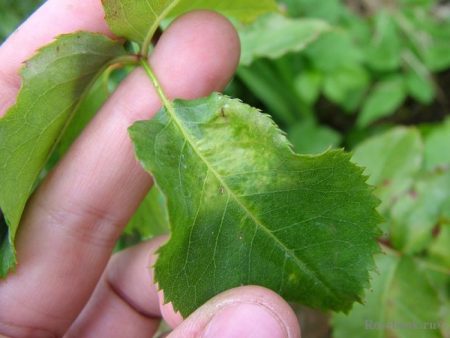
Symptoms
Inspecting rose bushes, to detect a pest, you should pay attention to the following signs:
- small punctures-holes that weevils elephants perforate with their proboscis when feeding;
- faded pedicels that look as if they weren’t completely cut with a knife.
Of particular danger is the elephant weevil for rose bushes growing under the canopy of trees, as well as thickened plantings.
Alenka is furry
Lamellar-beetle dangerous for roses beetle, feeding mainly on flowers, fruits. After wintering in early spring in early March, bronze leaves to hunt, starting its wrecking activity on early flowering plants. Alenka's flight falls on the period from March 25 to June 25, at the height of the mass flowering of roses. Shaggy Alenka actively eats pink blossoming buds of predominantly light colors, eating holes of irregular shape in flowers and young leaves.In case of danger, the pest releases a specific liquid, in which phytoplasmas are subsequently populated.
Symptoms
When attacking Alenka’s roses with hairy, the following symptoms appear:
- the appearance of holes of irregular shape on the petals, young leaves;
- the appearance of deformed buds, inside of which several shaggy black beetles will sit.
Driller and sawfly rosanny
Sawmills, rosers, drillers are insects that parasitize on buttocks and ornamental plants. Beginning in mid-March, insects mate, after which the female makes masonry, cutting for this part of a rose bush. Pest larvae, hatched from an egg, immediately begin to eat the vegetative mass of the plant. This leads to the fact that the stems, leaves are covered with holes, the shoots are empty inside, wither, and the buds do not open. In this case, sap flow and photosynthesis are disrupted. It is very difficult to notice parasites in advance. Therefore, their appearance can often be judged only after causing significant damage to rose bushes.
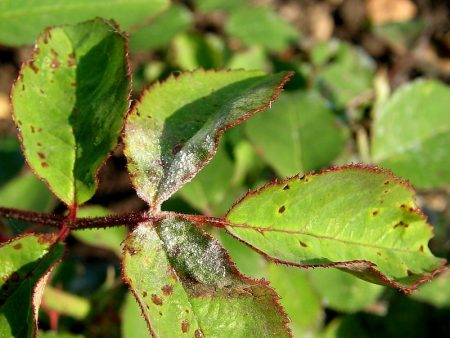
Symptoms
It’s very difficult for drillers, sawflies to be noticed with the naked eye. However, you can determine their residence on roses by the following signs:
- the appearance of small holes on foliage, plant stems;
- lethargy and discoloration of leaves and buds;
- void at the bend of the stem.
It is very difficult to distinguish a rooted sawfly from a driller. The only sign that distinguishes them is that when attacked by a sawfly, the stems, foliage and buds wilt several days faster than when attacked by a drill driver.
Apple nut
A dangerous parasite that larvae in the tissues of shoots and foliage that can destroy an adult rose bush. From the fallen affected leaves in early spring, females fly out, which lay offspring inside pink buds. Galls of red color, covered with a delicate thin pile, hatch from the eggs. When the pest is defeated, the roses cease to bloom, become weakened and die.
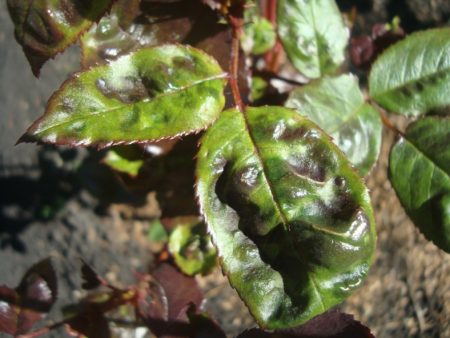
Symptoms
Characteristic signs of roses by nut growers are:
- the appearance on the foliage of specific swelling;
- tattered foliage mutilated by gall growths.
Gnawing scoops
The most dangerous pests of ornamental shrubs that eat foliage and plant buds at tremendous speed are the caterpillar scoop. Pest butterflies fly out to hunt only at night, and the offspring conducts their activities to destroy the vegetative mass around the clock. Females do masonry on the buds and foliage of rose bushes from early May to mid-July. And just 4-6 days after the laying of eggs, voracious caterpillars hatch from them. Due to the large accumulation of larvae, bushes are exposed from the foliage in just one week. Weaken due to lack of nutrients, photosynthesis disorders and die.
Symptoms
When attacking the bushes of scoop larvae, signs appear:
- holes of irregular shape on all leaves;
- complete exposure of bushes.
Leaflets
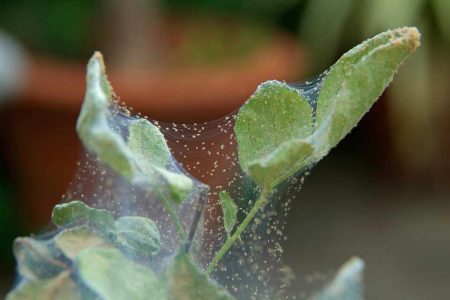
The progeny of the leaf parasite gnaw huge holes in the buds and tissues of young leaves with great speed, twisting them into rolls. Young rose bushes are especially affected by their activity, for which the loss of nutrients causes a violation of photosynthesis and complete death. The very first hatched larvae destroy the buds of the plant, preventing it from normal growth. After the destruction of the buds, pests move to the apical part of the bushes, eat the leaves and fold them into straws. Parasite butterflies make long flights, capturing nearby areas with decorative and fruit plantings.
Symptoms
The parasite can be distinguished from other pests by the following signs:
- holes of irregular shape on young foliage;
- twisting damaged leaves into straws using a web.
To prevent the arrival of butterflies and scoops, the good way to scare away the pest is to place jars of kerosene or diesel fuel under the rose bushes.
Treatment
Pest control should be carried out during all periods of the plant life cycle, using chemical means of protection and alternative folk methods.
Chemicals
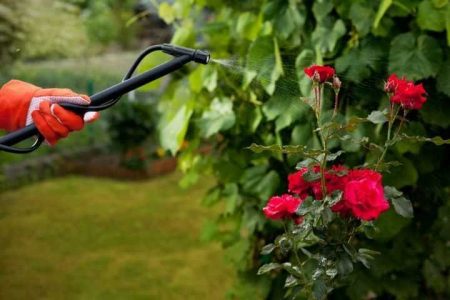
To combat parasites and their larvae, it is necessary to spray with systemic contact insecticides:
- Commander
- Actara;
- Tanrek;
- Karbofos;
- Bison;
- Spark - Double effect;
- Lightning;
- Antio;
- Karbofos.
The advantage of the listed chemicals against parasites is their: the effectiveness of exposure at elevated temperatures, the systemic mechanism of damage, the rapid penetration into plant cells and not washing out by rain.
Folk remedies
As a protective measure of pest control without the use of chemicals, alternative methods are used.
Onion husk with hot pepper
Spraying rose bushes with infusion of natural repellents will help get rid of many parasites on plants.
Cooking:
- add 500 onion husks, 1 teaspoon of red ground hot pepper, half a piece of laundry soap grated on a grater to an 8-liter capacity;
- pour the ingredients with hot water, insist for three days, strain;
- carry out spraying in the presence of plants leafworms, scoop, drillers, sawflies and weevils 1 time in three days.
The prepared infusion of onion peel will also help get rid of other sucking pests of roses such as: aphids, thrips, spider mites.
Yarrow infusion and tomato tops
The tops of tomatoes contain toxins that have a detrimental effect on many insect pests, and the yarrow will strengthen the immunity of roses.
Cooking:
- in a metal container of 10 l put 2 kg of fresh yarrow grass and 3 kg of tomato tops, pour water;
- put the mixture on fire, bring to a boil, set aside for 4 hours;
- after insisting, strain the broth, add 2 caps of detergent for dishes;
- spraying rose bushes from pests every 5-7 days.
Resistant varieties
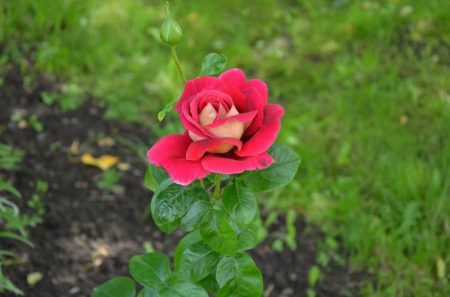
To prevent possible problems of rose diseases, you should first get rid of insect parasites that are carriers of infection. However, if nevertheless the pest is wound up in the rose garden. You should pre-worry about planting resistant varieties like:
- Gloria Day;
- Pomponella
- Music Boxing;
- Aphrodite;
- Alexander Pushkin;
- Leonardo da Vinci;
- Anton Chekhov;
- Pastella
- Westernland.
When choosing a rose you should consider the resistance to plant climate. So, for example, for the central part of Russia and the former CIS republics, reliable northern varieties will be most suitable, with which there are less worries when preparing for the winter.
Prevention
Caring for the rose garden includes a whole range of preventative measures:
- for prophylaxis, entomophagous insects should be brought to the site: ladybug, praying mantis, lacewing;
- in late autumn, the soil under rose bushes should be dug up on a bayonet shovel, because the larvae of many pests winter in the soil at a depth of 15-25 cm. When digging the earth, parasites appear on the surface and die when frost occurs;
- buds, leaves, and stems affected by pests should be burned to prevent the remaining eggs from continuing to exist.
Advice
Adhering to the recommendations of experienced gardeners, you can avoid damage to the leaves of roses, enjoying their full bloom.
- You can protect the rose garden from the invasion of Alenka shaggy, the bronze beetle and the alfalfa leaf-cutting bee using a special fine-grained mesh that needs to be thrown on the bushes.
- The choice of chemicals depends on the capabilities and type of pests of rose leaves. Before buying funds, you must carefully inspect the packaged insecticide, as well as look at the date of manufacture and shelf life.
- At the first signs of the presence of pests on roses, complex treatments against parasites should be immediately carried out. Indeed, some pests begin the cycle of their reproduction in 3-5 hours after contact with the foliage.
Reviews
Summer residents who encountered trouble on their roses in the form of perforated leaves and who applied one of the described methods of treatment share their impressions.
Marina Yaroslavl
I have been growing roses for the third year. This year, misfortune befell my roses: the leaves became perforated and curled into a tube. After spraying with an infusion of onion husks, with the alternation of processing by Aktara, she saved her rosary from this scourge.
Olga Ulyanovsk
I have been cultivating roses for a long time. And I know that without spraying with chemistry, good flowering can not be expected: buds and leaves will be perforated, and the plant may simply die. I treat the shrubs every 10 days with chemicals, alternating with spraying the extract of yarrow and tomato tops. My roses always bloom magnificently, and the foliage is green and shiny.
Having given the “Queen of Flowers” a little attention and care, conducting all agricultural practices, you can achieve luxurious flowering of an exquisite beauty who will have glossy, rich green, healthy foliage.

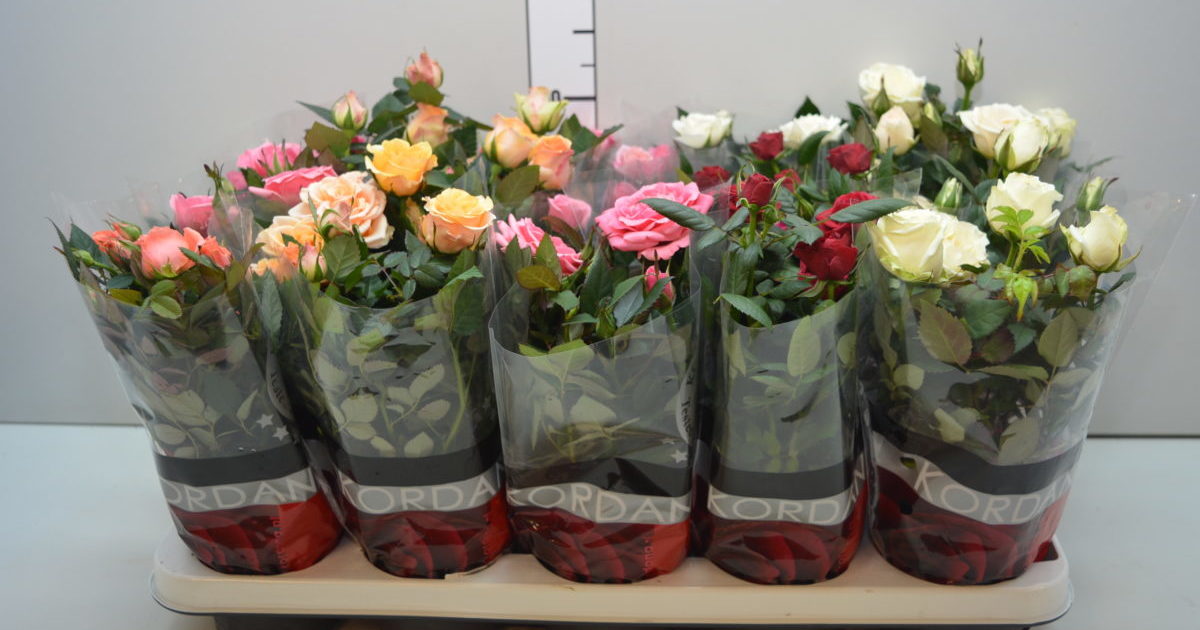
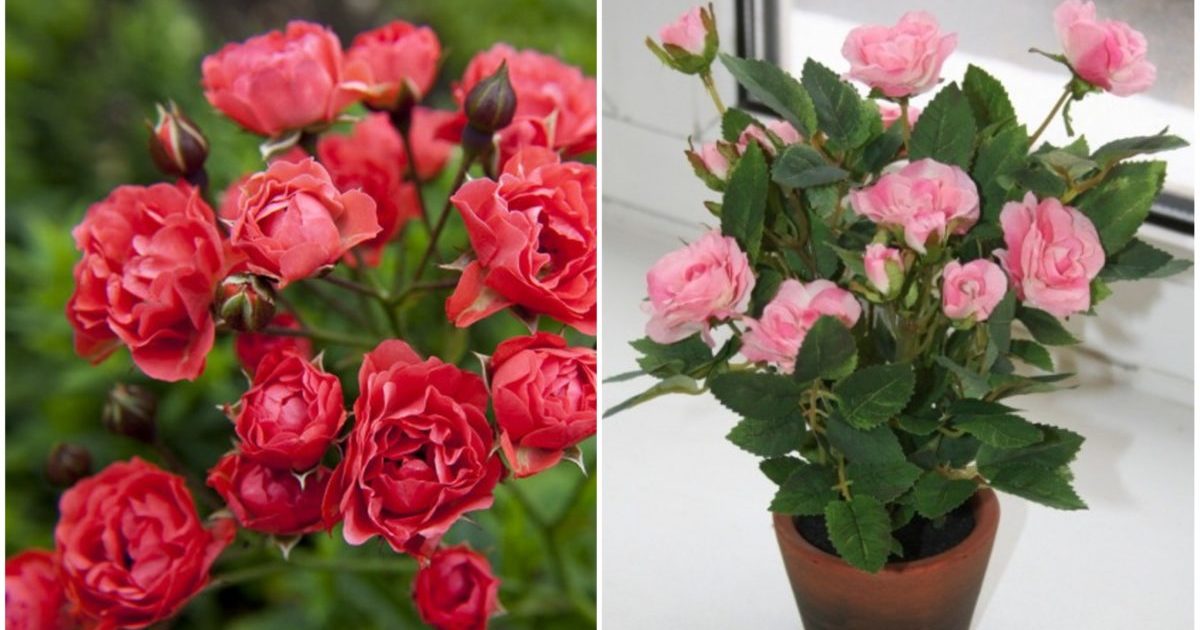
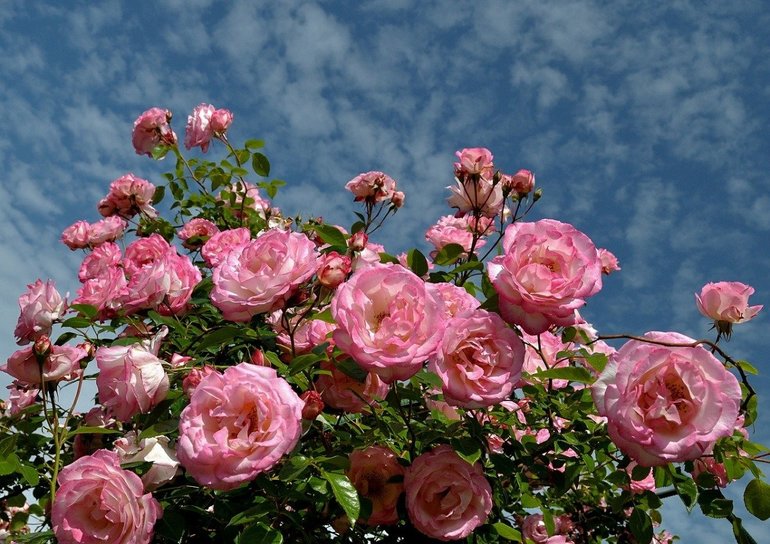
 Shelter of roses for the winter: at what temperature does the robot hold
Shelter of roses for the winter: at what temperature does the robot hold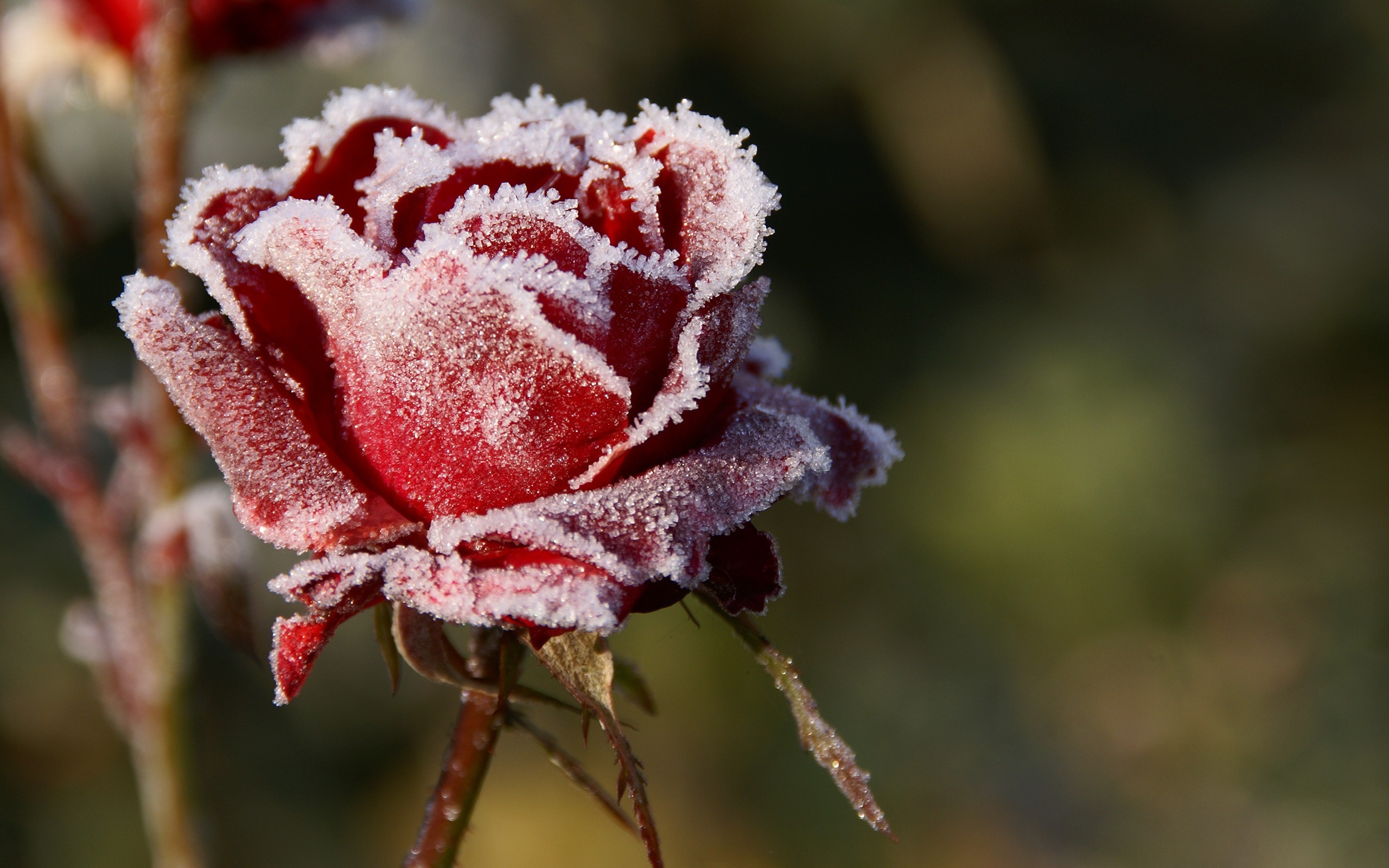 How to prune roses in the fall: timing, pruning rules, pros and cons
How to prune roses in the fall: timing, pruning rules, pros and cons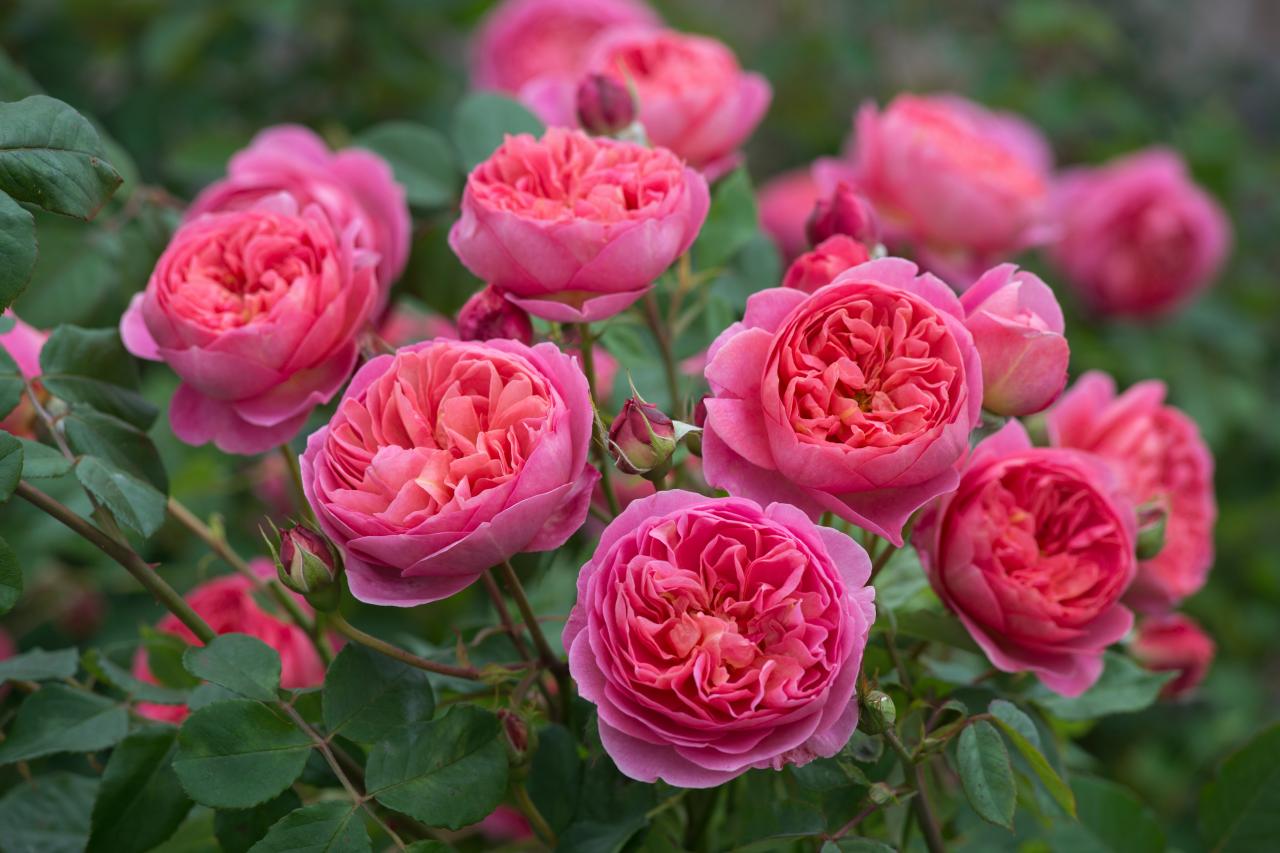 What are the varieties and types of roses
What are the varieties and types of roses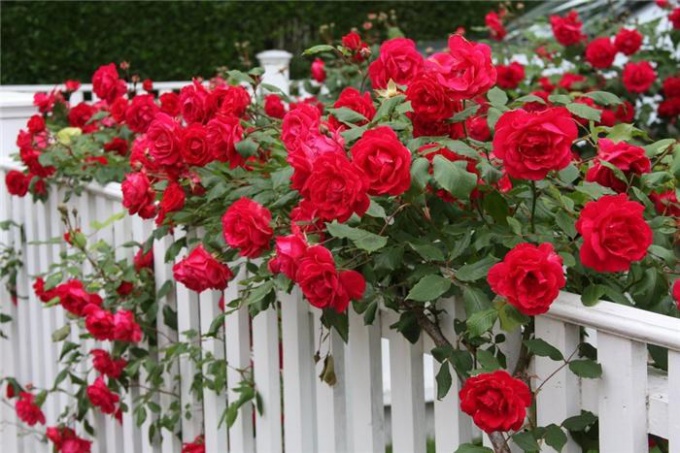 How to process roses with iron sulfate in autumn: proportions, advantages and disadvantages
How to process roses with iron sulfate in autumn: proportions, advantages and disadvantages